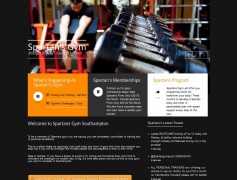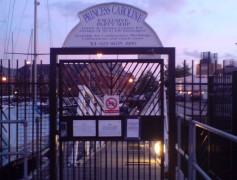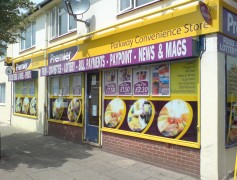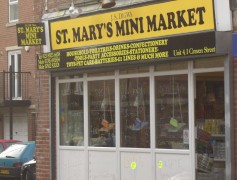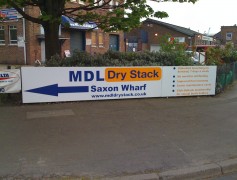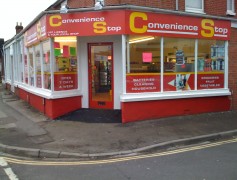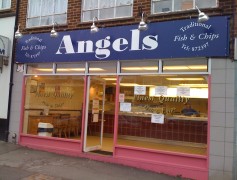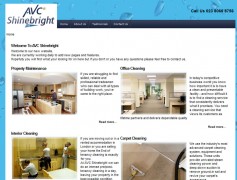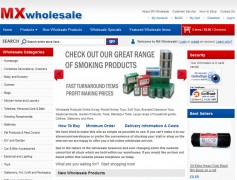Conversion Rate Optimisation (CRO)
One of the holy grails when monitoring your web site is tracking exactly how many people actually visited your site, viewed the content and then converted in to a actual sale.
Sounds easy enough but it can be quite difficult in reality, the most traditional way of tracking conversion would be to monitor the contact form submission or in ecommerce tracking the purchase success page and the value of that success in terms of the sale made. However customers will not always follow this path when deciding if they want to do business with you. Often customers will always prefer to call you and ask questions about your business, services and/or products you offer before committing to the service. Likely you would then finalise this business on the same call or the customer now they have you as a contact will call you back to convert.
Invest in the right marketing
This is all great you have the business you want? The problem arises when you need to decide which of your marketing streams are working the best for you. Let say your a building service providing conservatories for domestic customers. You might be spending £3000 pounds a year on directory listings and £1000 a year on your online presence. Your assumption may be that most of your sales come over the telephone so therefore the directory listings are working the best for you. This might not be entirely true. In actual fact because of the nature of your business you may find that most of your customers would like to like to speak to you before committing to a sale so they call you. In your mind you are attributing this call to the directory listing but in reality these customers found you by searching certain keywords in Google, found your website and liked what they could see. They picked up the phone and called. This sale in terms of marketing is actually a direct result of your web presence and marketing spend, not at all your directory listing but without call tracking you would not know what marketing stream is actually working for you.
We often find that in today’s modern market most people will find the services they require from search engines like Google . And not directory listings and we can confidently say that as in the example above the vast majority of the conversions will come from the web based marketing rather than the directory listing. The major problem arrises when you come to asses your marketing spend.
Because you don’t see the direct result of the website conversion in terms of online enquiries you might mistakenly slash your online marketing spend but in reality this is the spend that was actually giving you the highest return and so you loose a massive potion of your new customers as a result. The reality is that if you reallocated the directory spend to online marketing you could massively increase the yield and increase your business.
Call tracking
Call tracking from Creare conversions offers a unique number for your website so you can confidently asses the amount of calls you receive directly as a result of your online presence and see truly how much your site is actually performing to give you a full and working knowledge of the success of your online presence.
Click tracking
One of the tools Creare use to determine that your site is converting to the best of its ability. With click tracking we can monitor where the users are clicking around the site giving us an insight to what the users are actually looking for when navigating around your site.
For instance: if most users land on a building companies website who sell various building services but according to the click tracking most of the users are looking for conservatories, we can react quickly to this information and make sure there are call to actions on the landing page for conservatories. This kind of action can reduce the overall bounce rate of a site as the user is seeing the information they are looking for right away and don’t have to search for it.
A/B Testing
At its core, A/B testing is exactly what it sounds like: you have two versions of an element (A and B) and a metric that defines success. To determine which version is better, you subject both versions to experimentation simultaneously. In the end, you measure which version was more successful and select that version for real-world use.
A/b testing is a way of testing new site designs new call to actions on a page or even down to minor text changes on a site. It is a way of deciding which version of a site is working best in terms of conversion. What we can do with A/B testing is to direct a percentage of visitors to one version of a site and the remainder to another. We can run a test like this for a set length of time and when complete analyses the results. The results can help you decide what level of success a change to the web site can have on your conversion rate if at all, giving you clearer information on what to change with minimal risk.



